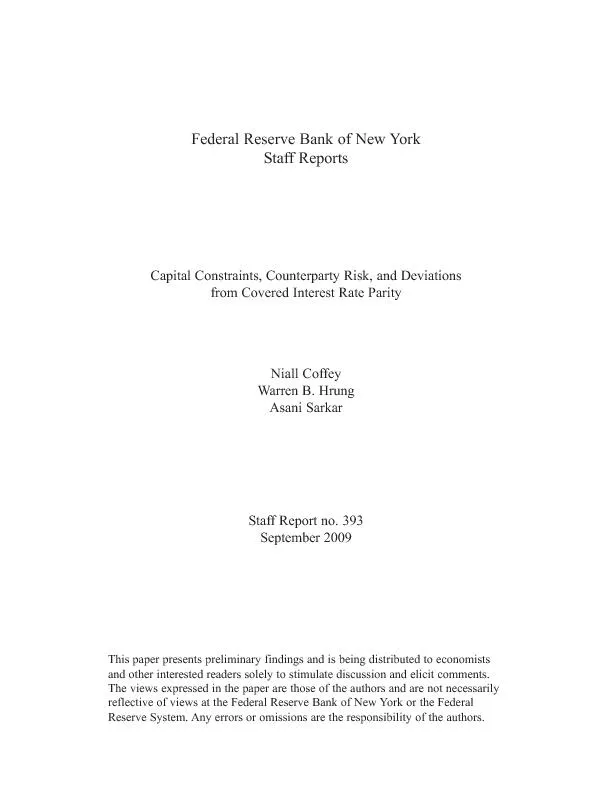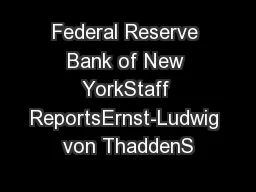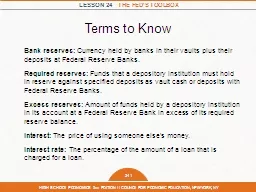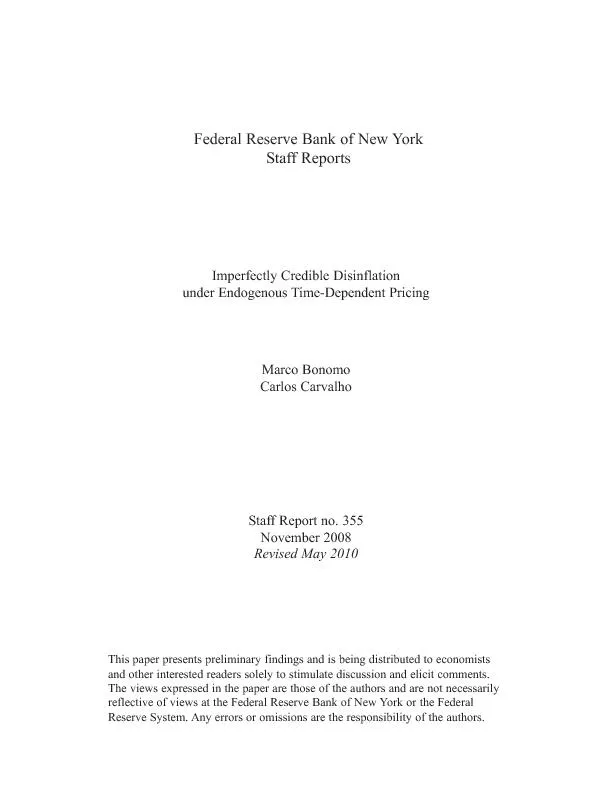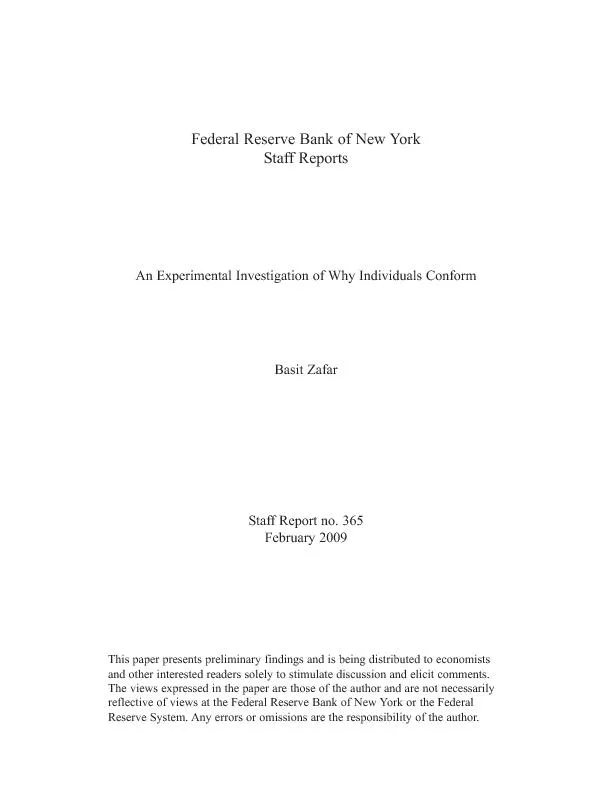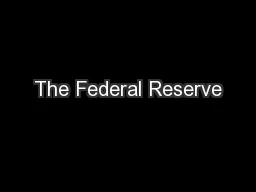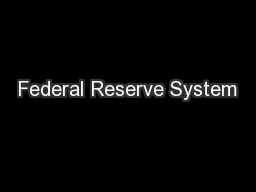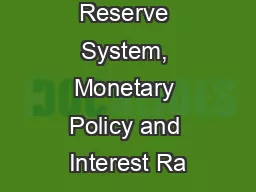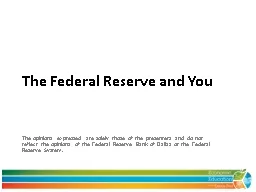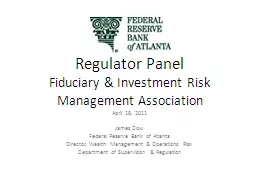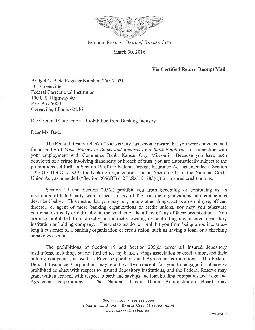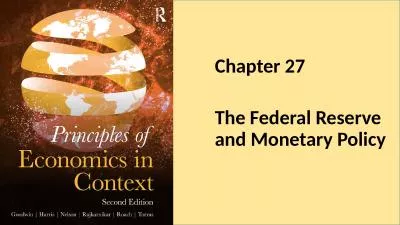PDF-Federal Reserve Bank of New YorkStaff ReportsNiall CoffeyWarren B. Hru
Author : phoebe-click | Published Date : 2016-11-20
from Covered Interest Rate ParityNiall Coffey Warren B Hrung and Asani SarkarFederal Reserve Bank of New York Staff ReportsJEL classification G10 G14 G15 G18We provide
Presentation Embed Code
Download Presentation
Download Presentation The PPT/PDF document "Federal Reserve Bank of New YorkStaff Re..." is the property of its rightful owner. Permission is granted to download and print the materials on this website for personal, non-commercial use only, and to display it on your personal computer provided you do not modify the materials and that you retain all copyright notices contained in the materials. By downloading content from our website, you accept the terms of this agreement.
Federal Reserve Bank of New YorkStaff ReportsNiall CoffeyWarren B. Hru: Transcript
Download Rules Of Document
"Federal Reserve Bank of New YorkStaff ReportsNiall CoffeyWarren B. Hru"The content belongs to its owner. You may download and print it for personal use, without modification, and keep all copyright notices. By downloading, you agree to these terms.
Related Documents

